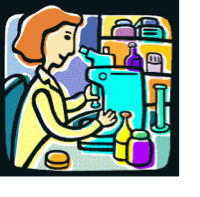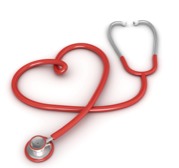Sign up for FlowVella
Sign up with FacebookAlready have an account? Sign in now
By registering you are agreeing to our
Terms of Service
Loading Flow

Bipolar disorder usually goes unrecognized and commonly diagnosed during adolescents or early childhood, the diagnosis is usually based on self- reporting experiences, as well as reports from family, physicians, friends, co-workers, etc. Then signs are observed by a psychiatrist, nurse, social worker, clinical psychologist or other clinician, this helps with comparing what is being said by patient.
When doctors suspect someone has bipolar disorder, they typically do a number of tests and exams. These can help rule out other problems, pinpoint a diagnosis and also check for any related complications.
These can include:
-Physical exam
-Lab tests(These may include blood and urine tests)
-Psychological evaluation, A doctor or mental health provider will talk to you about your thoughts, feelings and behavior patterns. You may also fill out a psychological self-assessment or questionnaire.
-Mood charting, To identify exactly what's going on, your doctor may have you keep a daily record of your moods, sleep patterns or other factors.
Mania- period of at least a week of elevated, irritable mood or episodes.
-speak in rapid, are easily distracted
-having racing thoughts
-display an increase in goal-oriented activities or feel agitated
-exhibit behaviors such as impulsive or high- risk
Hypomania- a milder form of mania defined as at least four days of the same criteria as mania, however does not cause any decrease in the persons ability to socialize or work.
Depressive- with depressive a person may go thorough a phase where they feel persistent sadness, anxiety, guilt, anger, isolation, or hopelessness. In severe cases, someone may become psychotic, a condition also known as severe bipolar depression with psychotic features.



Signs and symptoms
Diagnosing and testing